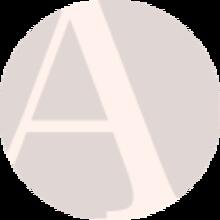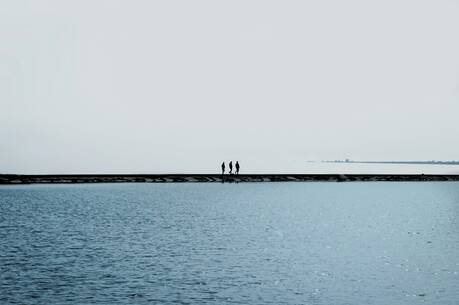Back to Basics!
"Back to basics!” is a familiar slogan in many walks of life, including religion. The basics of Christianity include the creeds, moral precepts and sacraments. But where do these basics come from? The Scripture readings for the Third Sunday of Easter can help us answer that question.
The excerpt from Peter’s speech in Acts 3 contains most of the essential elements of Christian faith. In Acts there are many speeches by various figures. Yet most of them follow the same basic outline and contain the same contents: Jesus as the fulfillment of Israel’s Scriptures, the decisive significance of his death in salvation history, the miracle of his resurrection and exaltation, the need for hearers to repent, the possibility of forgiveness of sins, the gift of the Holy Spirit and hope for the second coming of Christ. The ancient creeds that we recite at Mass are expanded and more theologically precise versions of the speeches in Acts.
The most basic moral advice for Christians is provided in today’s passage from 1 John 2: Avoid sin and keep the commandments. The exhortation to avoid sin is balanced by the reminder that Christ’s death on the cross was an efficacious sacrificial offering for our sins and for the sins of the whole world. The “commandments” here are probably not the 613 commandments in the Torah or even the Ten Commandments. If you read John’s Gospel and letters carefully, you will find that the commandments of Jesus are at once simpler and more challenging. There are two basic commandments: Believe in Jesus as the revealer of God and in his heavenly Father, and love God and one another. These two great commandments of the Johannine Jesus represent the basics of Christian moral teaching. What we do should flow from who we have become and now are in and through Christ. Those who truly believe in Christ will avoid sin and will love God and one another.
The Eucharist is the sacrament of ongoing Christian life and so is basic to it. Luke’s account of the risen Jesus’ appearance to his disciples gathered in Jerusalem has the same basic structure as the Emmaus narrative, though in reverse order. In this passage the risen Jesus first shares a meal with his followers and then explains to them how his death and resurrection took place according to the Scriptures. The structure of these two texts evokes the structure of the eucharistic celebration and portrays the sacrament as reflection on Scripture and a meal with the risen Jesus. It also links the Eucharist to Jesus’ Last Supper and to the many meals that Jesus celebrates throughout Luke’s Gospel.
What most of us regard as the basics of Christian life are deeply rooted in the Scriptures. One of the challenges of the Easter season is to gain greater clarity about what we believe, find ways to put our beliefs into practice and deepen our faith and love through contact with the risen Christ in the Eucharist.
This article also appeared in print, under the headline “Back to Basics!,” in the April 24, 2006, issue.







